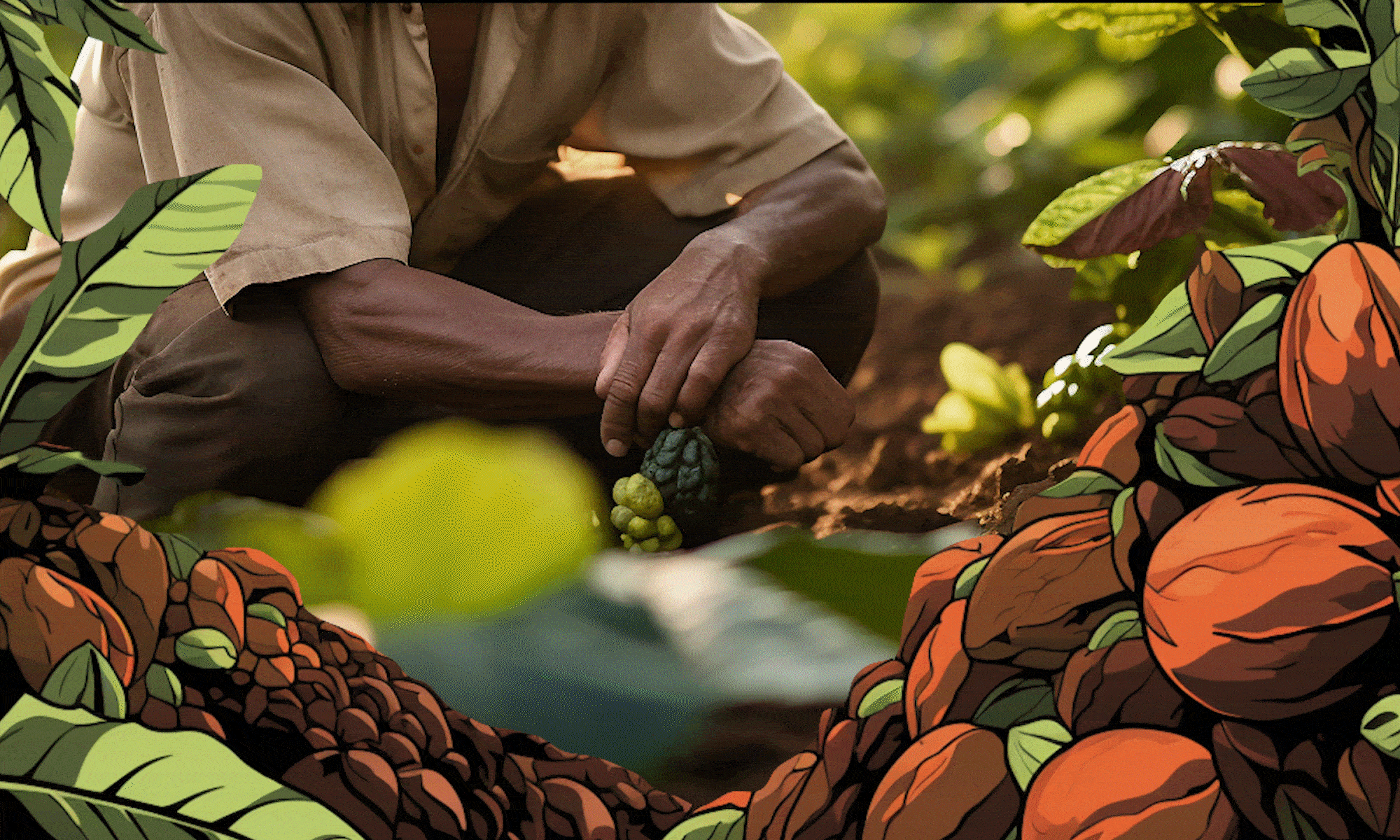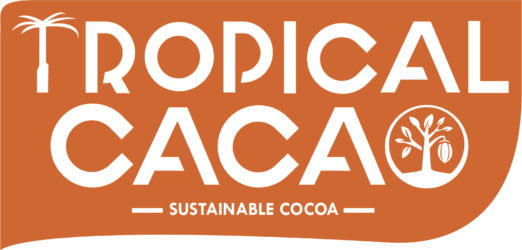The Health Impact of Cacao
The ancient Mayans called it “food of the gods,” and modern science continues to unveil why cacao deserves such reverence. As interest in cacao’s health benefits grows, a crucial question emerges: How does fermentation affect its nutritional profile? Let’s delve into the fascinating world of cacao’s health properties and explore how processing methods influence its potential benefits.
Understanding Cacao’s Nutritional Foundation
Before examining the differences between fermented and unfermented cacao, it’s essential to understand the basic nutritional powerhouse that is the cacao bean. Raw cacao contains:
- Essential minerals (magnesium, iron, zinc, copper)
- Beneficial fatty acids
- Protein and fiber
- Over 300 different chemical compounds
- Powerful antioxidants called flavonoids
Antioxidant Profiles: A Tale of Transformation
One of the most significant differences between fermented and unfermented cacao lies in their antioxidant content.
Unfermented cacao maintains:
- Higher levels of total polyphenols
- Greater quantities of epicatechin
- More preserved flavonoids
- Stronger ORAC (Oxygen Radical Absorbance Capacity) values
- Higher concentrations of procyanidins
Fermented cacao offers:
- Modified antioxidant compounds
- Enhanced bioavailability of certain nutrients
- Transformed flavonoid structures
- Reduced overall polyphenol content but potentially better absorption
Digestive Health and Gut Impact
The fermentation process significantly influences how cacao interacts with our digestive system:
Fermented cacao benefits:
- Pre-digested compounds for easier absorption
- Reduced anti-nutrient content
- Enhanced probiotic potential
- Better digestibility of proteins
- Lower risk of digestive discomfort
Unfermented cacao characteristics:
- Higher enzyme content
- More intense prebiotic properties
- Greater concentration of fiber
- Stronger antimicrobial properties
- Maintained levels of beneficial compounds
Cardiovascular Health Considerations
Both forms of cacao contribute to heart health, but through slightly different mechanisms:
Fermented cacao:
- More readily absorbed flavanols
- Better-studied effects on blood pressure
- Documented improvements in blood flow
- Enhanced nitric oxide production
- Proven benefits for endothelial function
Unfermented cacao:
- Higher theoretical antioxidant capacity
- Stronger anti-inflammatory properties
- More intense blood-thinning effects
- Greater potential for cholesterol reduction
- Maintained theobromine content
Mental Health and Cognitive Function
The impact on brain health varies between the two forms:
Fermented cacao provides:
- Enhanced serotonin precursors
- Modified phenylethylamine content
- Better-studied cognitive benefits
- Improved mood-enhancing properties
- More consistent effects on focus
Unfermented cacao offers:
- Higher levels of natural stimulants
- Preserved neurotransmitter precursors
- More intense immediate effects
- Greater concentration of cognitive enhancers
- Stronger neuroprotective potential
Energy and Metabolism
The processing method affects how cacao influences our energy systems:
Fermented cacao:
- More balanced energy release
- Better-regulated caffeine impact
- Enhanced fat metabolism support
- Improved nutrient synergy
- More stable blood sugar effects
Unfermented cacao:
- Higher immediate energy impact
- Stronger metabolic boost
- More intense thermogenic effects
- Greater appetite-suppressing potential
- Preserved enzyme activity
Making an Informed Choice for Your Health
When choosing between fermented and unfermented cacao for health purposes, consider:
- Your Specific Health Goals:
- For digestive health: Fermented may be better
- For maximum antioxidants: Unfermented could be preferable
- For heart health: Both have merits
- For energy: Consider your sensitivity to stimulants
- Your Digestive Sensitivity:
- Sensitive individuals may prefer fermented
- Robust digestive systems can handle either form
- Consider starting with fermented and experimenting
- Your Current Health Status:
- Certain medications may interact differently
- Existing conditions might influence your choice
- Consult healthcare providers when necessary
Conclusion: The Best of Both Worlds
Rather than viewing fermented and unfermented cacao as competitors, consider them complementary tools in your health arsenal. Each offers unique benefits and can serve different purposes in a balanced wellness approach. The key lies in understanding your personal health needs and how each form of cacao might best serve them.
Remember that quality matters significantly with both varieties. Choose organic, sustainably sourced products, and pay attention to processing methods. Whether you opt for fermented or unfermented cacao, you’re tapping into one of nature’s most powerful superfoods – just in slightly different ways.

